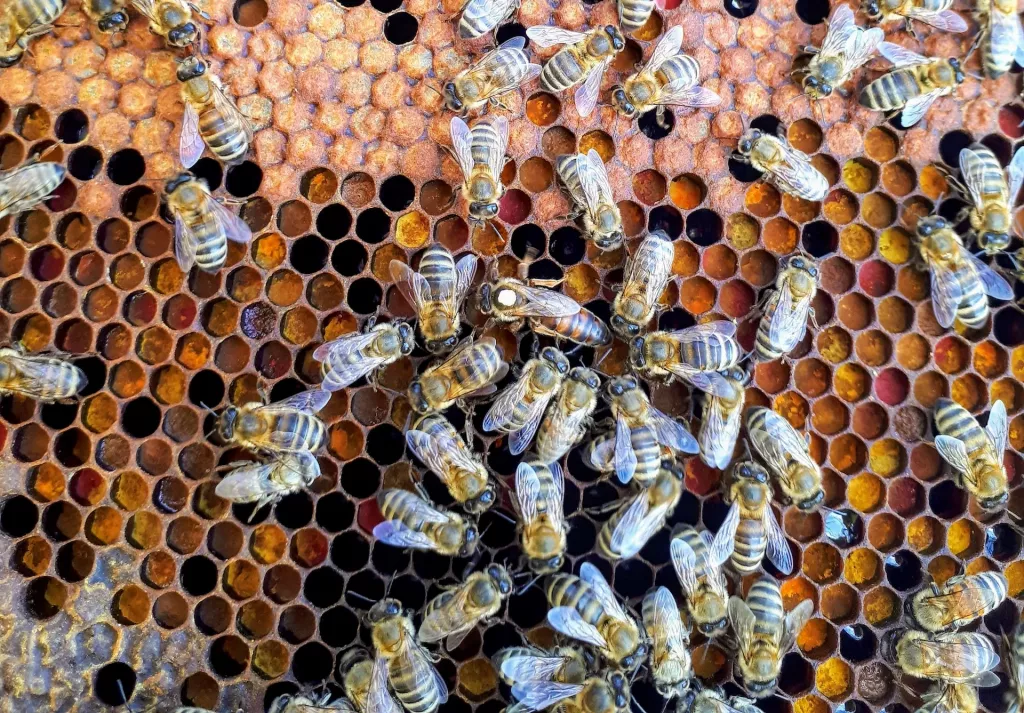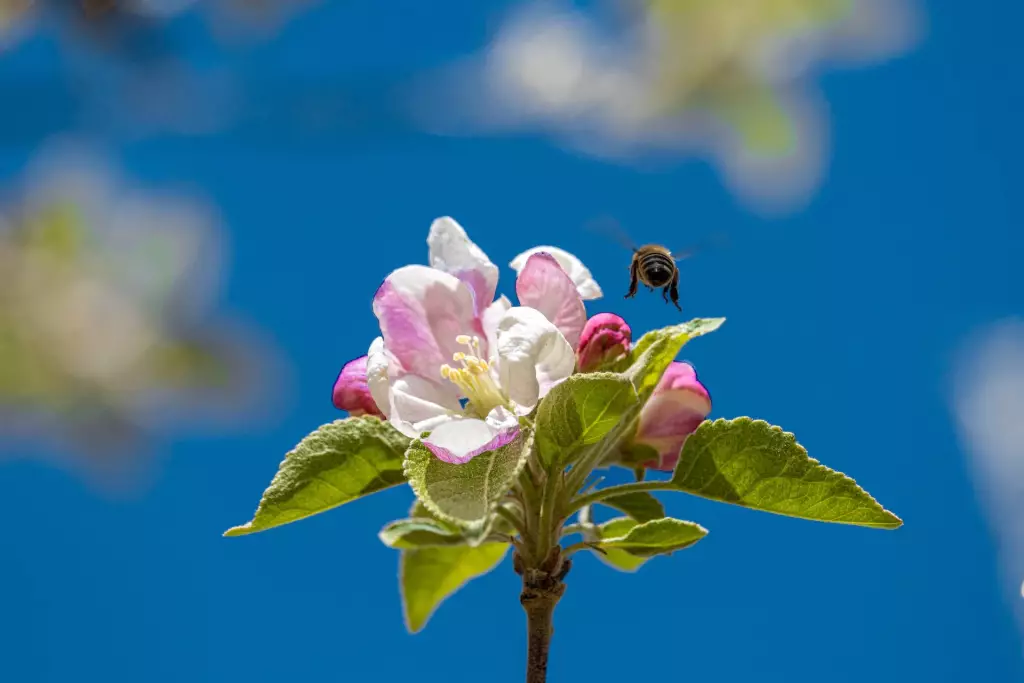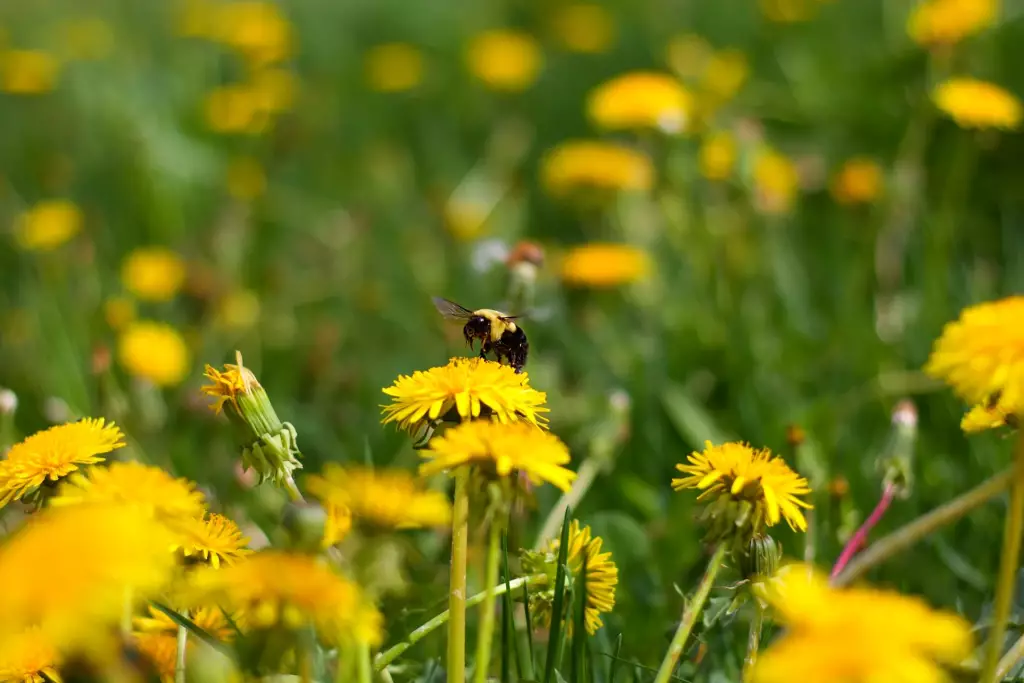What Plants Do Bees Like the Most? (Lavender, Marigolds, Petunias)
The symbiosis between plant and bee is one of nature's most beautiful relationships. Find out how you can nurture it at home by planting herbs, flowers, and trees that bees like the most.
Bees are attracted to plants, flowers, crops, and trees that have sugars or flowery, sweet fragrances that they can smell. They are also drawn to symmetry and prefer purple, blue, and yellow flowers. Lavender, marigolds, petunias, apple trees, and raspberry bushes are popular favorites.
These characteristics put a wide variety of flowers, herbs, and even trees up on the list.
Beekeeping involves more than just setting up the hives and helping your colony acclimatize to their new environment. It's also about surveying your surroundings and seeing how you can improve it so that your little workers get the most yield out of their efforts.
Studies on what plants bees like the most are inconclusive because they seem to be attracted to characteristics more than specific species, so read on for a comprehensive selection of all the different kinds of plants that you can use to nurture your bees!
Summary
- Bees like symmetrical plants with sweet fragrances and blue, violet, and ultraviolet hues.
- Always choose plants that are native species in the United States, so they are non-invasive to the ecosystem and capable of nurturing your honeybees.
- Supplemental feeding, which is when you feed honeybees with sugar water, should only be done in the event of a nectar dearth.

How to Make the Ideal Garden For Your Bees
The arrangement between bees and plants is called mutualistic symbiosis because their relationship provides a mutual benefit. Plants provide bees with nectar and pollen, while bees help cross-pollinate plants. While you can feed dry sugar to bee colonies, it does not provide the same abundance of nutrients to the colony that it needs for longevity and survival. This practice is known as supplemental feeding, and should only be used in the event of a nectar dearth (when there is a shortage of nectar-producing flowers in the area due to high temperatures or a lack of rainfall).
To make sure that a nectar dearth does not happen, it is recommended you plant a variety of different flowers, trees, and crops that are in bloom at different times of the year. Some weeds, such as dandelions and thistles, are also important because they provide plenty of nectar and good shelter with their hollow stems.
Avoid using pesticides as well; the chemical variants come with side effects that can be difficult to manage, especially for novice beekeepers. Instead, implement smart gardening methods and invest in natural fertilizers so that your plants grow a natural resistance to pest attacks and inclement weather.
This video from the Linnean Society of London, which is dedicated to the debate and discussion of all communities interested in nature, is a comprehensive look at the kind of planning and consideration that goes into cultivating a bee garden.
Here's a quick look at the wide variety of plants that you can consider cultivating in your area.
Herbs
| Herb | Flowering Season |
|---|---|
| Borage | Spring, summer, and early autumn |
| Chives | Spring and summer |
| Sage | Late spring and summer |
| Thyme | Summer |
| Lemon Balm | Summer |
| Lavender | Summer |
| Basil | Summer |
| Oregano | Summer |
| Fennel | Mid to late summer |
| Hyssop | Summer and early autumn |
| Mint | Summer and early autumn |
| Marjoram | Summer and early autumn |
| Dill | Spring to autumn |
| Rosemary | Year-round |
Most of the kitchen herbs you use to give your meals an extra kick are also well-loved by honeybees. Some species can even be grown in containers, which makes them perfect for aspiring beekeepers living in apartments or urban settings. If you are a novice gardener, herbs are a good way to get better at the craft and to save a little money on all those trips to the grocery store for produce!
Flowering Trees and Fruits
Aside from flowers and herbs, trees play a crucial role in the honeybee ecosystem. They provide a wealth of forage that bees can use to revitalize the colony after they emerge from the winter and start foraging in the early spring. In addition, trees can easily live for decades with little to no maintenance.
If you own a large property and don't plan on moving out anytime soon, planting some trees can help you get a leg up on beekeeping in the long run. Flowering trees and flowers with plenty of honeybee visitors have also been found to produce larger and more uniform fruit.
Beyond the benefits to bees, having plenty of trees in the area also contributes to improved air quality. So even if your foray into beekeeping doesn't work out, at least you've made an investment toward improving the local environment in some small way. This is your chance to fight back against climate change, one tree at a time!
Meanwhile, bees appear to enjoy all sorts of ripe fruit. When they go slightly overripe, fruits start emitting a fragrance that bees find faster. They have been known to eat apples, grapes, peaches, figs, and pears.
Flowers

| Flower | Are Bees Attracted? | Flowering Season |
|---|---|---|
| Dianthus | Yes, bees like the pink flowers but not the red ones | Spring and summer |
| Daisy | Yes | Spring to autumn |
| Marigold | Yes | Summer and autumn |
| Calendula | Yes | Summer and autumn |
| Sunflower | Yes | Summer and autumn |
| Goldenrod | Yes | Summer and autumn |
| Petunia | No | Summer and autumn |
| Geraniums | No, attracts more butterflies | Spring to autumn |
| Impatiens | No, attracts more butterflies and hummingbirds than bees | Summer and autumn |
This is just a small list of the most common flowers bees are attracted to in the United States. It's always best to go for the original variety of the flower, as bees do not seem as attracted to cultivated hybrid plants, which are called nativars.
Wildflowers
Looking for a quick way to make your surroundings more attractive to honeybees? Wildflower patches are native to your region, easy to grow, and more resistant to pests. You do not need to spend so much time weeding or fertilizing because they've already acclimatized to growing in the area.
If you already have a location in mind, the most straightforward option is to just buy a large bag of native mixed wildflower seed. Loosen the soil with a how, remove the weeds and grass, spread it throughout the bed, and rake it in gently.

How Plants Attract Bees
Color
Bees are most attracted to shades of blue, violet, and ultraviolet. While color clearly plays an important role because bees cannot see shades of red and orange, it also appears to be an indicator for nectar volume. Studies have shown that there is some correlation between nectar volume and the flower colors that are innately preferred by European bees.
Scent
Have you ever gone on a picnic, only to discover that bees are drawn to your spread? That's because they love flowery and sweet fragrances, which they can smell if you've brought watermelon and pineapple or sodas to the picnic. Aside from sweet smells, bees are also drawn to plants in the mint family and some strong herbs, such as rosemary, sage, thyme, and chamomile.
Shape
Bees are drawn to plants with open or flat tubular flowers with lots of pollen and nectar. A flower's scent can have particular appeal to bees, and its bright colours may lure the bees in. Flowers like the Calendula has easy landing pads.
Look for open or flat, tubular flowers -- these are plants that bees are drawn to because it's easy to extract nectar and pollen from them.
Variety
Some varieties of flowers are double-flowering, which means that they contain extra petals. They often look like "flowers within flowers" because of how showy and textured their blooms are. However, they don't contain as much pollen as their single-flower counterparts. For this reason, the original flower form is favored by bees.
Native Plants
Bees and other pollinators in general have a preference for native plants because they've evolved together. Investing in native species also yields some benefit to you, as the beekeeper: they are usually low-maintenance plants that have adapted to where you are located, so it's easy to find them and plant them in your backyard.
Beyond these benefits, a comparative study on the use of native versus non-native plants for wild bee communities found that while non-native plants can provide nectar and pollen, they may alter foraging patterns, bee community assemblage, and bee-plant network structures.